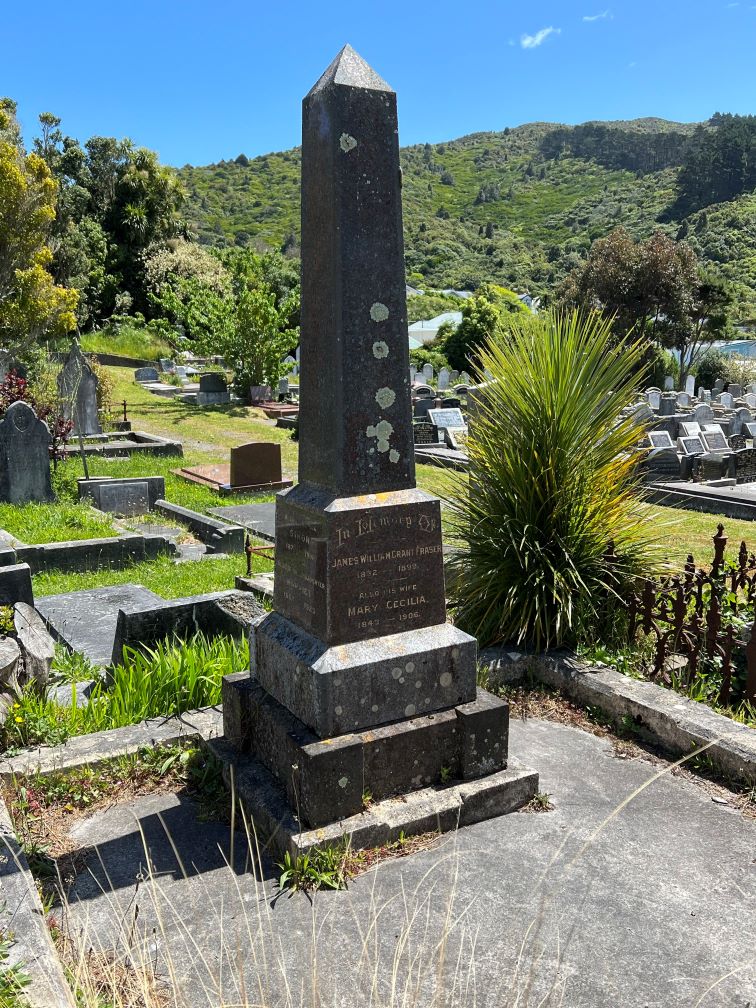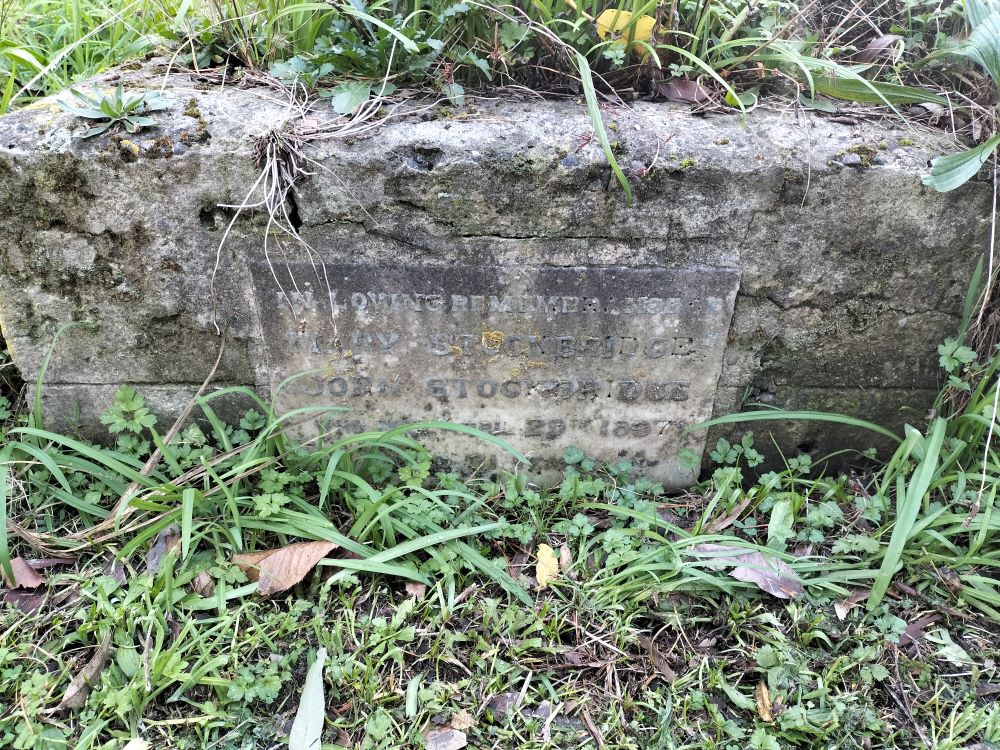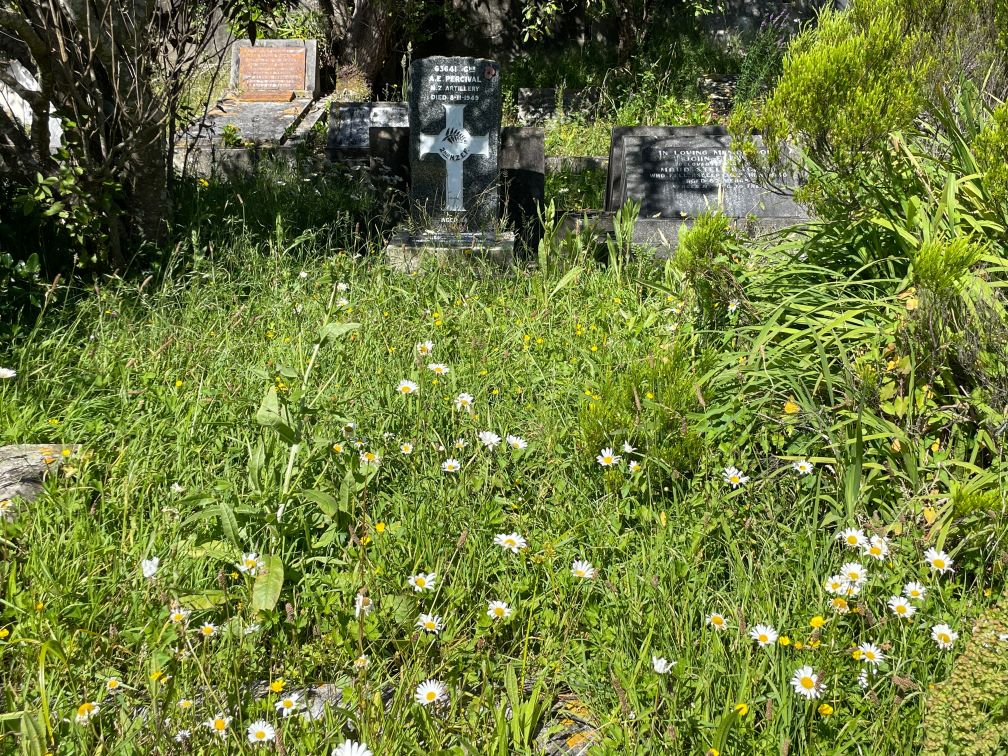Arthur Bothamley (1846-1938) – Gentleman Usher of the Black Rod Arthur was born in 1846 in Surrey, and then educated at Blackheath Propriety School, a school famous for its influence…

Captain Fraser & his wife Mary Prince
James William Grant Fraser was born in Inverness, Scotland in 1832 and aged 16 he was apprenticed to the sea in the East India Company. This meant he was a…

Elizabeth Dark
Elizabeth Dark (previously Hastings, born White) Elizabeth was the second wife of William John Dark. William’s first wife Hannah died in 1871 leaving him with a small daughter. William married…

Lord Porritt
Olympic Medal Winner Just over 100 years ago at the Paris Olympics, New Zealander Arthur Porritt won a bronze medal in the 100m dash. Arthur Espie Porritt was born in…

Unknown Male
‘the inquest on the death of a man found dead in a gully on the (Rhodes) Wadestown Estate failed to disclose the name of the deceased’. The body was found…

Thomas Henry Randall
On 24th March 1909, a magisterial enquiry was held into the cause of death of Thomas Henry Randall whose body was found floating in Wellington Harbour. Constable Walter Young was…

Mary & John Stockbridge
Died 1897 Mary Gardner (or Gardiner) married John Stockbridge in Wellington in 1883 when she was 18 and he was 32. John was born in Wellington to Stephen & Mary…

McGavin House
200 Willis Street has recently been up for sale. It was originally known as the McGavin House as it was designed by the architect William Turnbull for Major General Sir…

Alexander Tod
of Melbourne Alexander was an importer. He died on the 17th September 1909 on the S.S. Ulimaroa on the day it arrived in Wellington from Sydney. Martin Ridley, tea importer…

Henry Morrell
Died in a Cemetery Henry (Harry) Clement Morrell was found dead in Bolton Street cemetery in December 1902. He was a native of Wales, aged 50 and a painter by…

